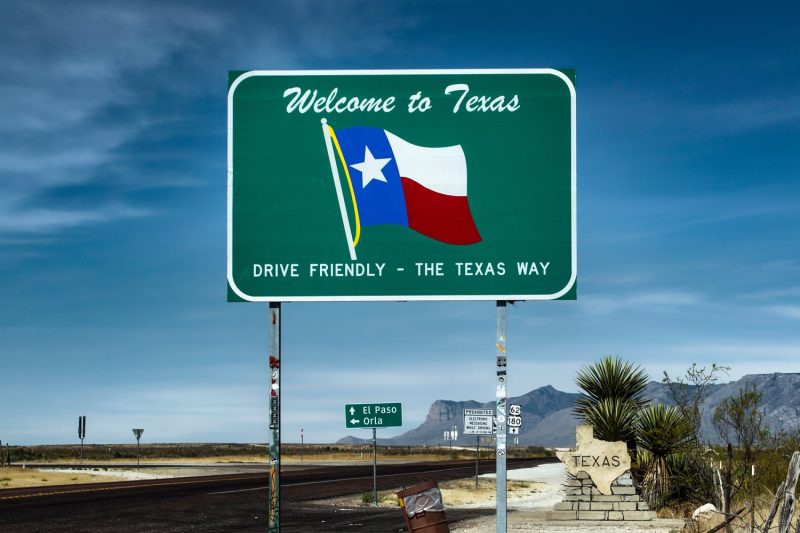As the American landscape continues to evolve, it’s often surprising to see where people choose to create their homes. Recently, a substantial trend has emerged: the increasing appeal of Texas. Recent data reveals that nine out of the ten fastest-growing cities in the United States are located in the Lone Star State.
When taking a glance at the demographics, this influx is not limited to a certain segment of the population; it transcends age, gender, and social borders. From millennials seeking exciting job opportunities to retirees in search of warmer climates, this Texas trend is garnering attention. And it’s not just individuals, businesses too, are increasingly setting up shop in the Texan state.
One factor contributing to the massive population boom in Texas is the business-friendly environment. The state features low taxes, easy-to-navigate regulations, and plentiful job opportunities, particularly in sectors like tech, healthcare, and education. This, combined with a lower cost of living compared to other fast-growing areas in the U.S., presents a significant allure for individuals and families looking to make ends meet and save for the future.
Additionally, the diverse and expanding cities found throughout Texas appeals to many. From the vibrant cultural scene in Austin, to the bustling economy in Houston, to the picturesque beauty of San Antonio, each city offers its own unique allure. Another essential element is the continual investment in infrastructure such as roads, public transportation, schools, and parks, which increases the livability quotient.
The welcoming, inclusive Texan spirit typically seen in smaller towns has also permeated these fast-growing cities. This sense of community, combined with a remarkable blend of cultures, cuisines, and traditions, has led to a vibrant social scene. The blend of Southern hospitality, Mexican traditions, and contemporary American culture makes Texas a microcosm of the broader U.S. diversity.
The educational and healthcare facilities are another significant draw for those moving to Texas. With renowned institutions like the University of Texas and Texas A&M, students from all over the United States and beyond seek to benefit from the high-quality education offered. Likewise, the healthcare facilities, especially in Houston’s famed Medical Center, attract individuals who prioritize access to top-tier medical care.
From an ecological perspective, the state’s natural beauty and range of outdoor activities are a significant part of its charm. From the Gulf of Mexico’s sandy beaches to the rolling hills and sprawling plains, the state offers a variety of landscapes that attract outdoor enthusiasts.
Though the shift towards the Lone Star State is clear, it does create some challenges. With the rapid population growth comes an increase in demand for resources like housing, water and energy. As such, Texas cities are facing the task of managing this growth sustainably to maintain their appeal. This includes preparing for an increased demand in urban planning, environmental protection, and resource management.
In conclusion, the migration to Texas signifies a broader trend reshaping the demographics and economic landscape of the United States. This trend offers an in-depth look into what features attract people to a place: job opportunities, economic stability, community integration, quality healthcare and education, and access to natural beauty. As long as Texas continues to deliver on these fronts, it seems poised to remain a hotspot for American growth in the future.




